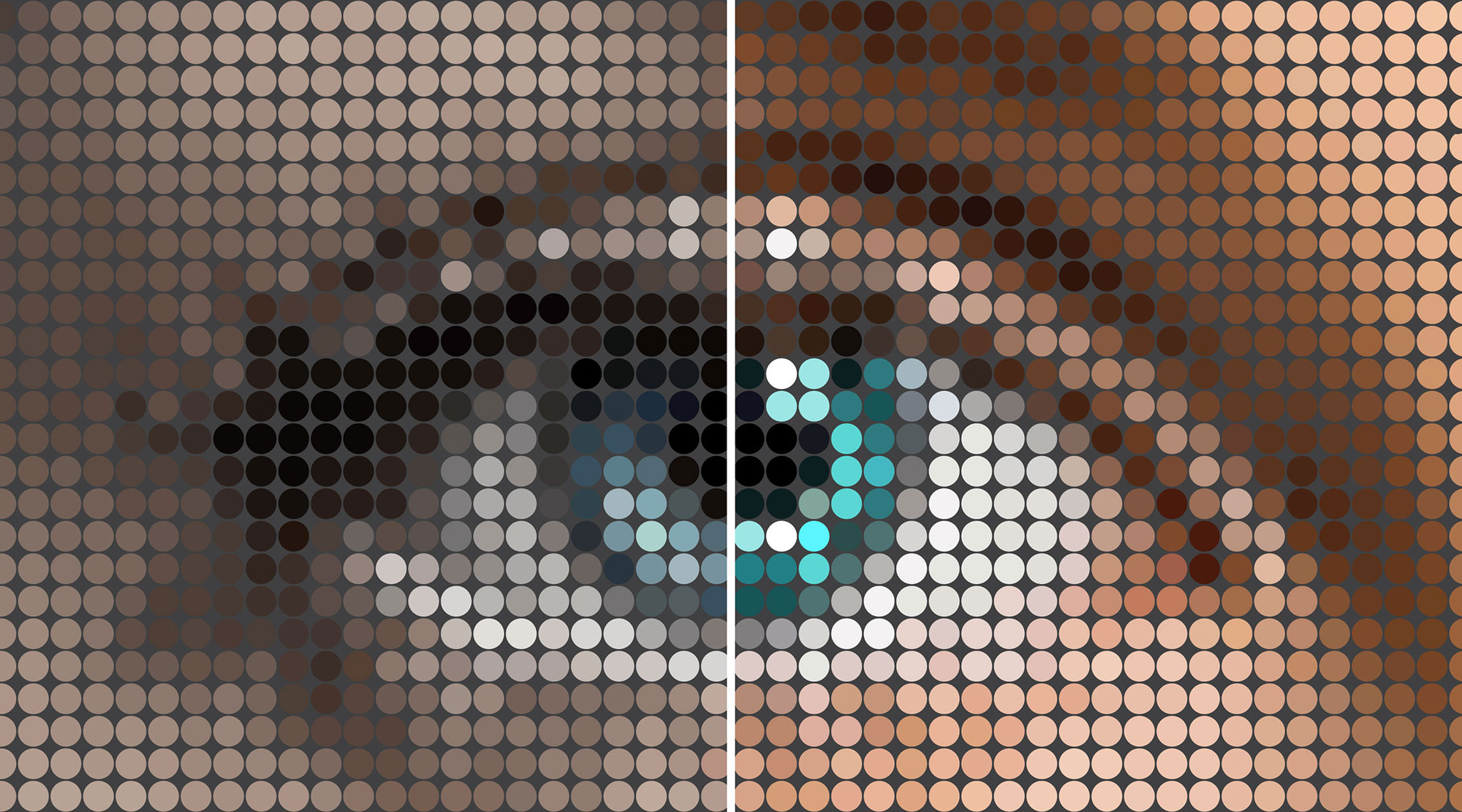Five ways coated paper shines


The surface coating applied to coated paper consists of pigments, binders and other additives. The coating fills in microscopic valleys between the fibers, providing a more uniform print surface.
This coating keeps the ink from rapidly absorbing into the paper and reduces dot gain—a phenomenon that, unless carefully managed, causes printed images to appear darker, lacking sharpness and limiting colors to a compressed tonal range.
The coating also empowers the paper to take on particularly tactile-rich special effect applications that continue to grow in popularity as professionals find exciting new ways to put cool visual effects on paper.
While uncoated paper can offer certain tactile sensations, such as laid or linen surfaces, without a surface coating to enhance ink holdout, printing on uncoated stock can result in dulled colors and lack of fine detail. These small differences can make a big impact when it’s printing time.
Coated paper produces finer levels of detail, higher contrast so images pop, and more vibrant color reproduction for clean and crisp printing every time. Uncoated paper will yield a softer, washed-out look, which can negatively affect readability and truth of the original visual intent.
The less porous surface of coated paper prevents ink and liquid special effect coatings from seeping into the grooves and valleys like it would in uncoated paper. This is called holdout. The better the holdout, the higher the quality of the final print.
Coated paper can have a range of finishes, such as gloss, dull, satin, matte or, our specialty, Silk. Coated paper can even be made to look and feel like uncoated paper, while still maintaining a high-quality print surface. With so much possibility, your brand’s creativity can thrive.
Inks and toner sit more evenly on the smooth surface of coated paper, so color proofs and even original art are much more closely matched than with uncoated counterparts. Coated paper leads to fewer unwelcome surprises on press.
Coated paper can save you time, money and worry. By using less ink, it takes less time to dry and printed images are less vulnerable to scuffing and rub-off. Plus, considering print production efficiencies and product longevity, coated paper is more cost effective per pound than uncoated paper.